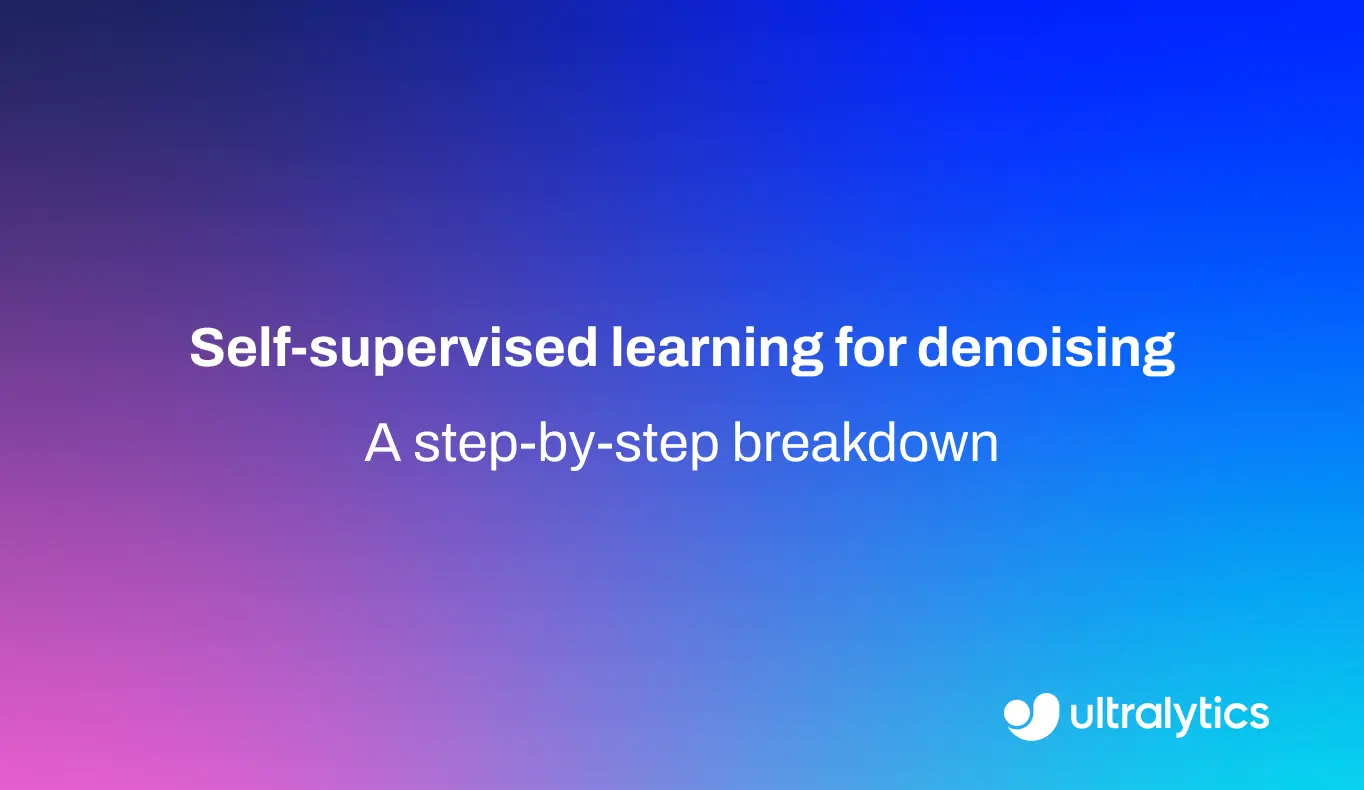GPT (Generative Pre-trained Transformer)
Discover the power of GPT models: advanced transformer-based AI for text generation, NLP tasks, chatbots, coding, and more. Learn key features now!
GPT (Generative Pre-trained Transformer) refers to a family of advanced
Artificial Intelligence (AI) models
capable of understanding and generating human-like text. Developed by OpenAI, these
models are a specific type of
Large Language Model (LLM) that has
revolutionized the field of
Natural Language Processing (NLP).
The acronym breaks down the model's core characteristics: "Generative" indicates its ability to create new
content, "Pre-trained" refers to the initial learning phase on massive datasets, and "Transformer"
denotes the underlying
neural network architecture that makes this
sophisticated processing possible.
Core Architecture and Functionality
The backbone of a GPT model is the
Transformer architecture, introduced in the seminal
research paper Attention Is All You Need. Unlike previous Recurrent
Neural Networks (RNNs) that processed data sequentially, Transformers utilize an
attention mechanism to process entire sequences
of data simultaneously. This allows the model to weigh the importance of different words in a sentence regardless of
their distance from one another, effectively capturing context and nuance.
The training process involves two critical stages:
-
Pre-training: The model engages in
unsupervised learning on a vast corpus of
text data from the internet. During this phase, it learns grammar, facts about the world, and reasoning abilities by
predicting the next word in a sentence.
-
Fine-tuning: To make the model useful for specific tasks, it undergoes
fine-tuning using
supervised learning and
Reinforcement Learning from Human Feedback (RLHF). This aligns the model's outputs with human intent, ensuring it answers questions safely and accurately.
Real-World Applications
GPT models have moved beyond research labs into widely used commercial tools. Two prominent examples include:
-
Intelligent Coding Assistants: Tools like
GitHub Copilot utilize GPT-based models to assist software
developers. By understanding code context and comments, these assistants can generate entire functions, debug
errors, and suggest optimizations, significantly accelerating the
software development lifecycle.
-
Conversational AI and Content Generation: Applications such as
ChatGPT leverage these models to power sophisticated
chatbots and
virtual assistants. Beyond simple queries, they
can draft emails, summarize long documents, create marketing copy, and even facilitate complex role-playing
scenarios for educational purposes.
GPT in Context: Computer Vision and Multimodal AI
While GPT is text-centric, modern AI systems often combine it with
Computer Vision (CV). For instance, a vision
model can "see" an image, and a GPT model can then "talk" about it. It is important to distinguish
between the roles of these models.
The following example demonstrates a workflow where YOLO11 detects
objects to create a structured prompt for a GPT model.
from ultralytics import YOLO
# Load the YOLO11 model for object detection
model = YOLO("yolo11n.pt")
# Run inference on an image to "see" the scene
results = model("https://ultralytics.com/images/bus.jpg")
# Extract detected class names to construct a context-aware prompt
detected_objects = [model.names[int(cls)] for cls in results[0].boxes.cls]
prompt = f"Write a creative short story involving these items: {', '.join(detected_objects)}"
# This prompt can now be sent to a GPT API for generation
print(f"Generated Prompt: {prompt}")
Challenges and Future Outlook
Despite their capabilities, GPT models face challenges such as
hallucinations, where the model generates
confident but factually incorrect information. There are also concerns regarding
AI ethics and bias inherent in the training data.
The future lies in multi-modal learning, where
models like GPT-4 can process text, images, and audio
simultaneously. Organizations like the
Stanford Institute for Human-Centered AI (HAI) are actively researching ways
to make these foundation models more robust,
interpretable, and aligned with human values. Effectively interacting with these evolving models has also given rise
to the skill of prompt engineering, which
optimizes inputs to yield the best possible model outputs.











.webp)
